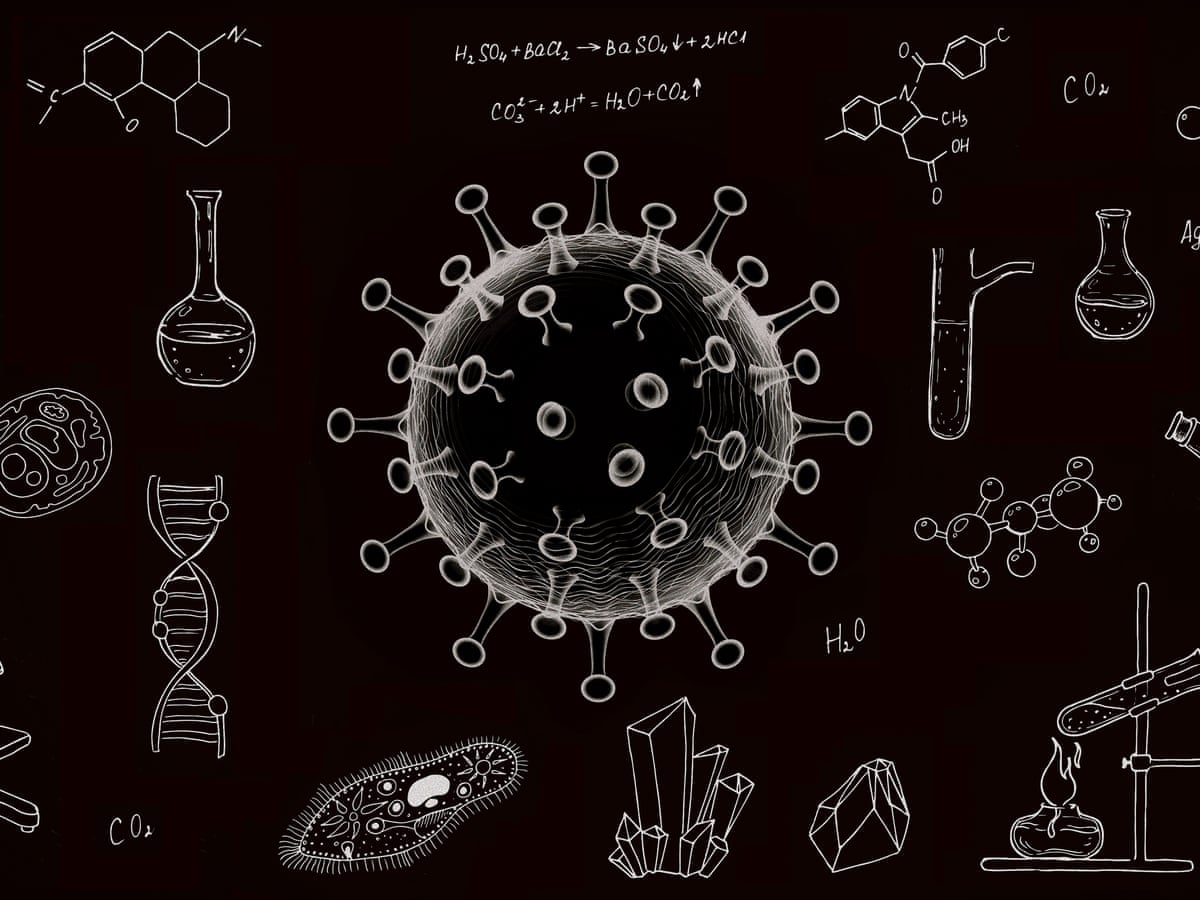

With many questions remaining around how children spread COVID-19, Children’s National Hospital researchers set out to improve the understanding of how long it takes pediatric patients with the virus to clear it from their systems, and at what point they start to make antibodies that work against the coronavirus. The study, published September 3 in the Journal of Pediatrics, finds that the virus and antibodies can coexist in young patients.
“With most viruses, when you start to detect antibodies, you won’t detect the virus anymore. But with COVID-19, we’re seeing both,” says Burak Bahar, M.D., lead author of the study and director of Laboratory Informatics at Children’s National. “This means children still have the potential to transmit the virus even if antibodies are detected.”
She adds that the next phase of research will be to test if the virus that is present alongside the antibodies can be transmitted to other people. It also remains unknown if antibodies correlate with immunity, and how long antibodies and potential protection from reinfection last.
The study also assessed the timing of viral clearance and immunologic response. It found the median time from viral positivity to negativity, when the virus can no longer be detected, was 25 days. The median time to seropositivity, or the presence of antibodies in the blood, was 18 days, while the median time to reach adequate levels of neutralizing antibodies was 36 days. Neutralizing antibodies are important in potentially protecting a person from re-infection of the same virus.
This study used a retrospective analysis of 6,369 children tested for SARS-CoV-2, the virus that causes COVID-19, and 215 patients who underwent antibody testing at Children’s National between March 13, 2020, and June 21, 2020. Out of the 215 patients, 33 had co-testing for both the virus and antibodies during their disease course. Nine of the 33 showed presence of antibodies in their blood while also later testing positive for the virus.
Also of note, researchers found patients 6 through 15 years old took a longer time to clear the virus (median of 32 days) compared to patients 16 through 22 years old (median of 18 days). Females in the 6-15 age group also took longer to clear the virus than males (median of 44 days for females compared to median of 25.5 days for males).
Although there is emerging data regarding this timing in adults with COVID-19, there is far less data when it comes to the pediatric population. The findings being gathered by Children’s National researchers and scientists around the world are critical to helping understand the unique impact on children and their role in viral transmission.
“The takeaway here is that we can’t let our guard down just because a child has antibodies or is no longer showing symptoms,” says Dr. Bahar. “The continued role of good hygiene and social distancing remains critical.”

